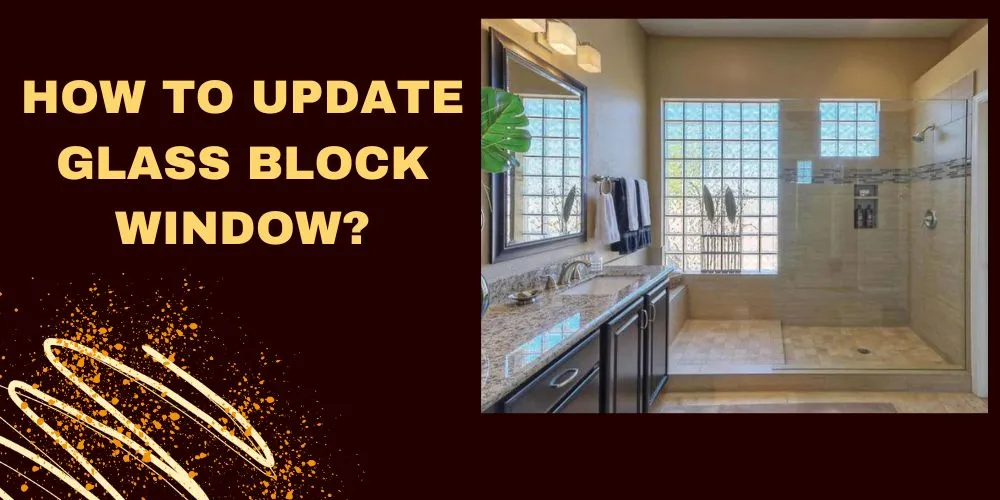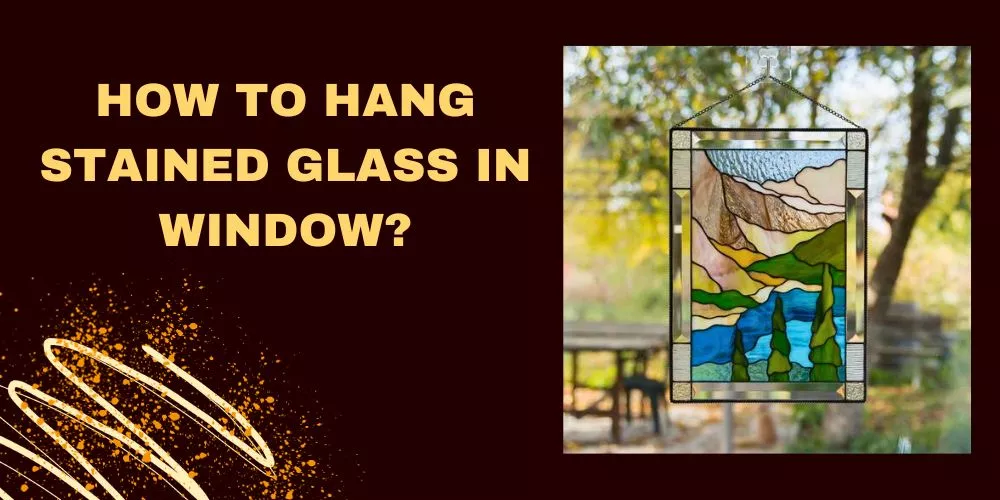Have you ever wondered what holds your window frame in place or why some windows feel drafty or leaky no matter how much caulk or weatherstripping you apply?
One key component of any window is the window jamb, a simple yet essential feature that provides stability, insulation, and durability.
But, do you know what is a window jamb in real sense?
Well, a window jamb is the vertical side frame of a window opening that supports the window sash and provides sealing and structural stability.
In this article, I’ll explore a window jamb, how it works, and why it matters for your home or business.

What is a window jamb?
A window jamb is essentially the vertical section of a window frame that runs along the sides of the window opening. It acts as a supporting structure, holding the window and securing it. In simpler terms, it’s the part of the frame that the window sash (the moving part of the window) slides or rests against.
Window jambs play a crucial role in the overall performance of a window. They help keep the window frame square and sturdy, preventing drafts and moisture from entering your home.
In addition, they also contribute to the aesthetic appeal of the window by providing a smooth, finished look that complements the surrounding architecture.
Window jambs have been a staple in window construction for centuries, with early examples dating back to ancient Rome.
Over time, they have evolved and adapted to various architectural styles, materials, and technologies, such as introducing energy-efficient windows and modern insulation techniques.
What are the 5 parts of a window?
Windows comprise several components that provide functionality, security, and aesthetic appeal. Here are the 5 main parts of a window, each with a brief explanation of their purpose and function:

Frame
The frame is the outermost part of the window that holds all the other components in place. It is typically made of wood, vinyl, aluminum, or fiberglass and provides structural support and stability to the window.
The frame is composed of the head (top horizontal part), sill (bottom horizontal part), and jambs (vertical parts on the sides).
Sash
The sash is the moving part of the window that holds the glass panes in place. It consists of the stiles (vertical pieces) and rails (horizontal pieces) that form a rectangular frame around the glass.
The sash can be found in various windows, such as single-hung, double-hung, and casement windows. Sometimes, the sash can be removed or tilted for cleaning and maintenance.
Glass
The glass panes are the transparent or translucent components of the window that allow light to enter the room while providing a barrier against the elements.
Glass can come in various thicknesses, types, and coatings, such as single-pane, double-pane, or triple-pane glass, as well as low-emissivity (low-E) or insulated glass units (IGUs) that enhance energy efficiency and reduce heat transfer.
Glazing
Glazing refers to securing the glass panes within the sash using a glazing compound or putty. This compound creates a seal between the glass and the sash, preventing air and moisture infiltration.
In modern windows, glazing can also include using rubber gaskets or glazing tape to ensure a tight, weatherproof seal.
Hardware
Window hardware includes all the functional components that facilitate the operation and security of the window. Common hardware components include:
- Hinges: Found on casement, awning, and hopper windows, hinges allow the sash to pivot or swing open.
- Locks and Latches: These components secure the window when closed, enhancing safety and energy efficiency.
- Lifts and Handles: Used to open, close, and adjust the window sash, lifts, and handles come in various styles and materials to match the window design.
- Balances: Found in single-hung and double-hung windows, balances are spring-loaded mechanisms that counterbalance the weight of the sash, making it easier to open and close the window.
These five parts work together to create a functional, secure, and visually appealing window that enhances the comfort and aesthetic of your home.
What size of wood do I need for window jambs?
The size of wood needed for window jambs depends on the specific dimensions of your window opening and the desired thickness of the jamb.
A common size of wood for window jambs is a 1″x6″ board, which can vary depending on the distance between the wall and the window. The actual dimensions of the jamb will need to be adjusted to fit your specific window opening.

When selecting wood for window jambs, you should measure the width and height of the interior extension jamb being replaced. This will help you determine the appropriate wood size for your window jambs.
It’s important to note that the size of the wood may need to be adjusted based on the specific measurements of your window opening.
frequently asked questions (fAQs)
What is the difference between a window frame and a jamb?
The difference between a window frame and a jamb is their specific roles within the overall window structure. The window frame is the outermost part of the window that holds all the other components in place, including the window jamb. The window jamb, on the other hand, is a part of the frame, specifically the vertical parts on the frame’s sides that run along the window opening.
What is the difference between jamb and mullion?
The difference between a jamb and a mullion is that a jamb is a vertical window frame component. In contrast, a mullion is a vertical element that separates and supports individual window units or glass panes within a larger window assembly.
Do all windows have jambs?
Most windows have jambs, essential for supporting and stabilizing the window frame and sash. However, some minimalist or unconventional window designs might not have traditional jambs, but they would still require some support structure.
Is jamb the same as frame?
A jamb is not the same as a frame. The jamb is a part of the frame, specifically the vertical components on the sides of the frame. The frame consists of the head (top horizontal part), sill (bottom horizontal part), and jambs (vertical parts on the sides).
Conclusion:
Understanding the role and importance of a window jamb is essential for homeowners, builders, and architects alike. As a key window frame component, the jamb provides crucial support and stability to the entire window structure, ensuring it functions effectively and efficiently.
By familiarizing yourself with the various aspects of window construction, including window jambs, you can make informed decisions about maintaining, repairing, or replacing your windows.
With this knowledge, you can enhance the performance, energy efficiency, and overall aesthetic appeal of your home or building, ensuring that your windows remain functional and attractive for years to come.


